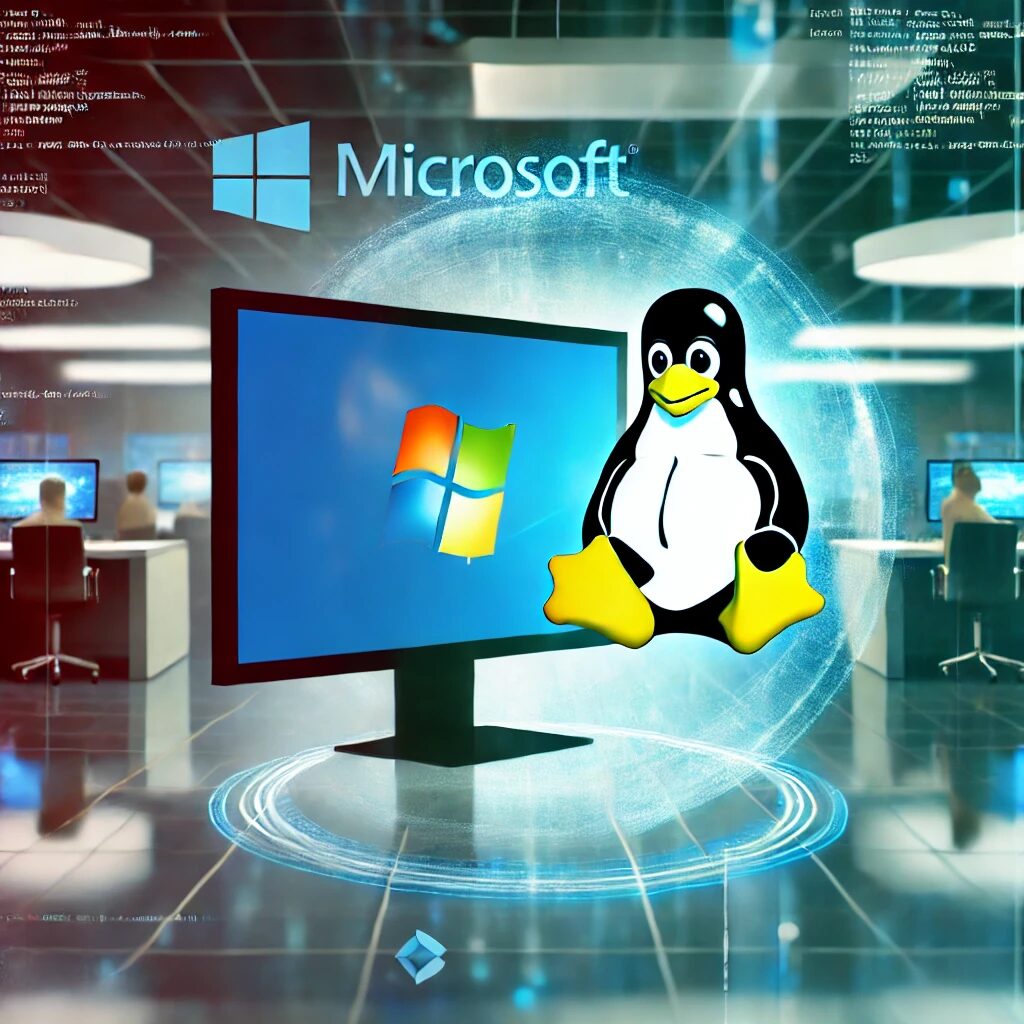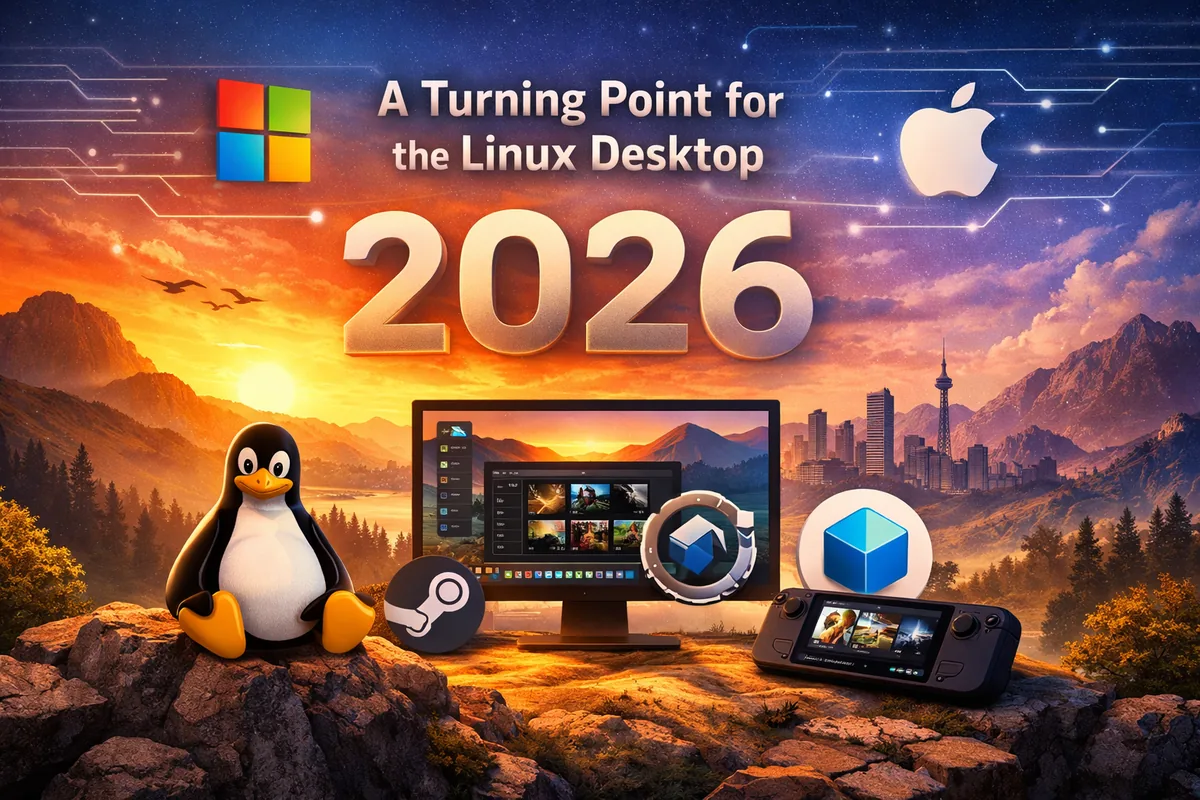Disclaimer: The following article is a speculative piece and not a reflection of current reality. It envisions a hypothetical future where Microsoft adopts Linux as the core of its Windows operating system.
In a landmark decision that would have been unimaginable a few decades ago, we imagine a future where Microsoft has announced that future versions of its Windows operating system will be built on a Linux kernel. This hypothetical shift is set to revolutionize the technology landscape, ushering in a new era of innovation, interoperability, and security.
The Background
For years, the tech community has debated the merits and demerits of Windows versus Linux. Windows, with its user-friendly interface and broad application support, has dominated the desktop market. Linux, renowned for its stability, security, and open-source nature, has been the backbone of the server world and the darling of developers. The convergence of these two paradigms in our speculative future represents a seismic shift in the tech industry.
The Transition
In this imagined future, Microsoft’s journey towards Linux integration began subtly, with the introduction of the Windows Subsystem for Linux (WSL). This allowed developers to run a Linux environment directly within Windows, bridging the gap between the two ecosystems. Over time, the benefits of Linux’s robustness and security became increasingly apparent, leading to the bold, theoretical decision to adopt Linux as the core of Windows.
Interoperability and Innovation
One of the most immediate impacts of this hypothetical transition is enhanced interoperability. By aligning with the Linux kernel, Windows can seamlessly interact with a plethora of devices and systems that already rely on Linux. This move eliminates compatibility issues, making it easier for enterprises to integrate Windows machines into their existing infrastructure.
Moreover, the open-source nature of Linux fosters innovation. Developers can now contribute to the core of Windows, pushing the boundaries of what the operating system can achieve. This collaborative approach is expected to accelerate advancements in artificial intelligence, machine learning, and other cutting-edge technologies.
Parallels to Apple’s macOS Development
Apple’s transition from its classic Mac OS to macOS, built on a UNIX-based foundation, provides a compelling parallel to this speculative future. When Apple introduced macOS, it reaped numerous benefits that reshaped its ecosystem and market position:
- Stability and Security: macOS’s UNIX core provided enhanced stability and security, attributes that Linux also offers. This shift helped Apple establish a reputation for reliability, which Microsoft could similarly achieve by adopting Linux.
- Developer Attraction: The UNIX foundation made macOS more appealing to developers, allowing them to leverage a familiar and powerful environment. A Linux-based Windows could attract a broader developer base, fostering innovation and expanding the software ecosystem.
- Interoperability: macOS’s compatibility with various UNIX and Linux tools facilitated easier integration with existing infrastructure. Similarly, a Linux-based Windows would enhance interoperability, simplifying enterprise environments that rely on diverse systems.
- Performance Improvements: The transition to macOS brought performance improvements and better resource management. Linux’s efficiency and scalability could offer similar benefits to Windows, enhancing user experience and productivity.
- Ecosystem Growth: Apple’s shift to macOS catalyzed the growth of its ecosystem, attracting new users and developers. Microsoft could experience a comparable boost, invigorating its ecosystem and opening new market opportunities.
Security and Stability
Security has always been a critical concern in the digital age. By adopting the Linux kernel, Microsoft in our hypothetical scenario taps into a system known for its security features. Linux’s modular architecture allows for swift updates and patches, reducing the attack surface and minimizing vulnerabilities.
Additionally, the stability of Linux ensures that Windows can handle demanding tasks with greater efficiency. This is particularly beneficial for enterprises running mission-critical applications, as it reduces downtime and enhances productivity.
Impact on the Software Ecosystem
The software landscape will also undergo significant changes. With a common kernel, developers can create applications that run seamlessly across different platforms. This cross-compatibility simplifies the development process and reduces costs, benefiting both developers and consumers.
Furthermore, Microsoft’s embrace of open-source principles in this speculative future could inspire other tech giants to follow suit. The collaborative ethos of open-source development promotes transparency and trust, values that are increasingly important in today’s digital world.
A Boost for the Open-Source Community
Microsoft’s full adoption of Linux, in this imagined vision, is a monumental victory for the open-source community. It validates the decades of work put in by countless developers who have championed the benefits of open-source software. This move is likely to attract more talent to the open-source community, driving further innovation and collaboration.
Challenges and Considerations
Despite the numerous benefits, this hypothetical transition is not without challenges. Microsoft must ensure a smooth migration path for its existing user base, addressing concerns related to compatibility and usability. There will also be a need for extensive education and support to help users and IT professionals adapt to the new system.
Moreover, the integration of proprietary Windows features with the open-source Linux kernel will require careful balancing. Microsoft must navigate the complexities of maintaining its unique offerings while adhering to open-source principles.
Conclusion
The theoretical decision for Microsoft to build Windows on a Linux core represents a transformative moment in the imagined history of technology. This move promises to enhance interoperability, security, and innovation, benefiting both enterprises and individual users. As the lines between proprietary and open-source software blur, we can anticipate a future where collaboration and transparency drive the tech industry forward. The convergence of Windows and Linux heralds a new era, one where the best of both worlds can coexist and thrive.
Note: This article is a speculative exploration and not based on actual plans or announcements from Microsoft.


